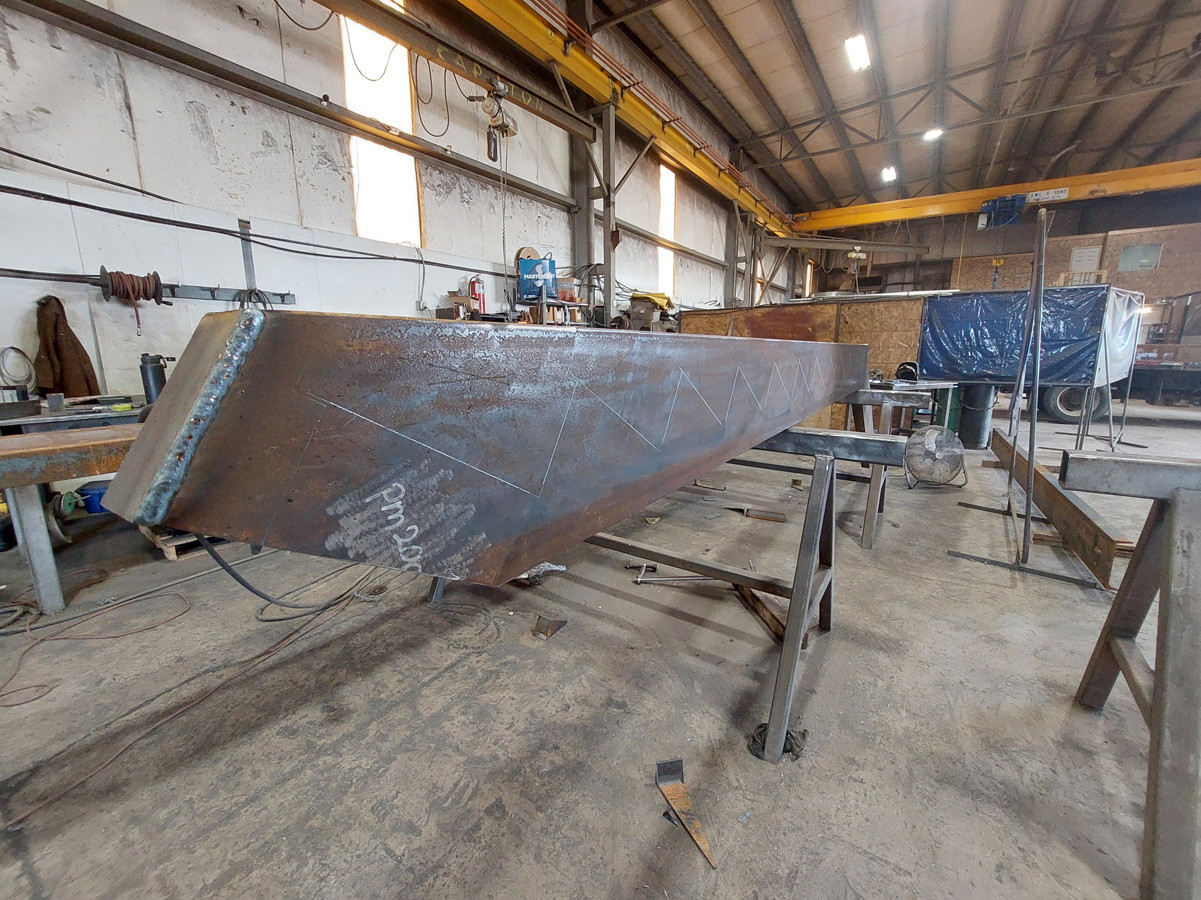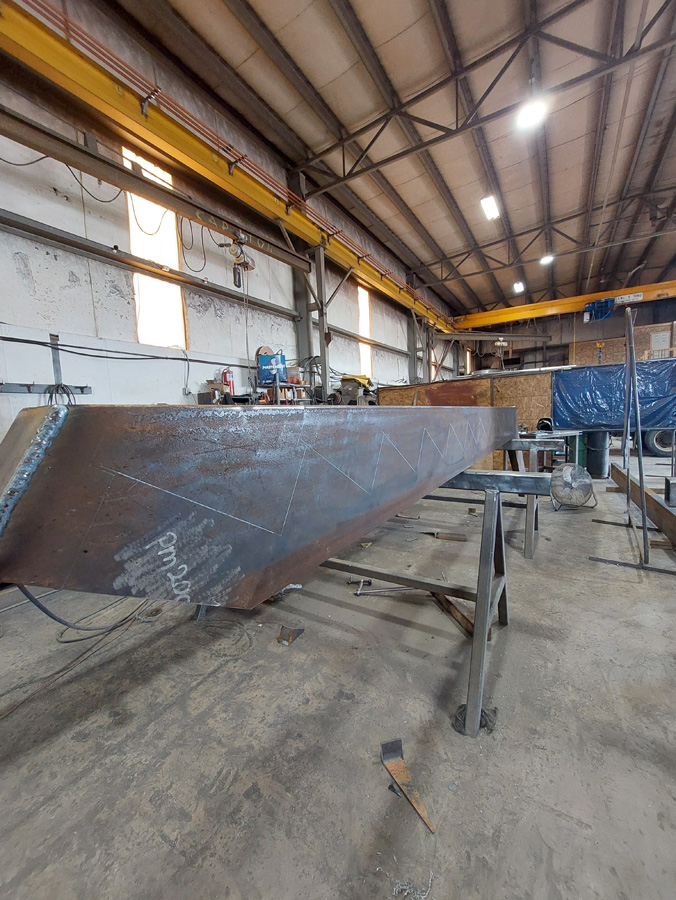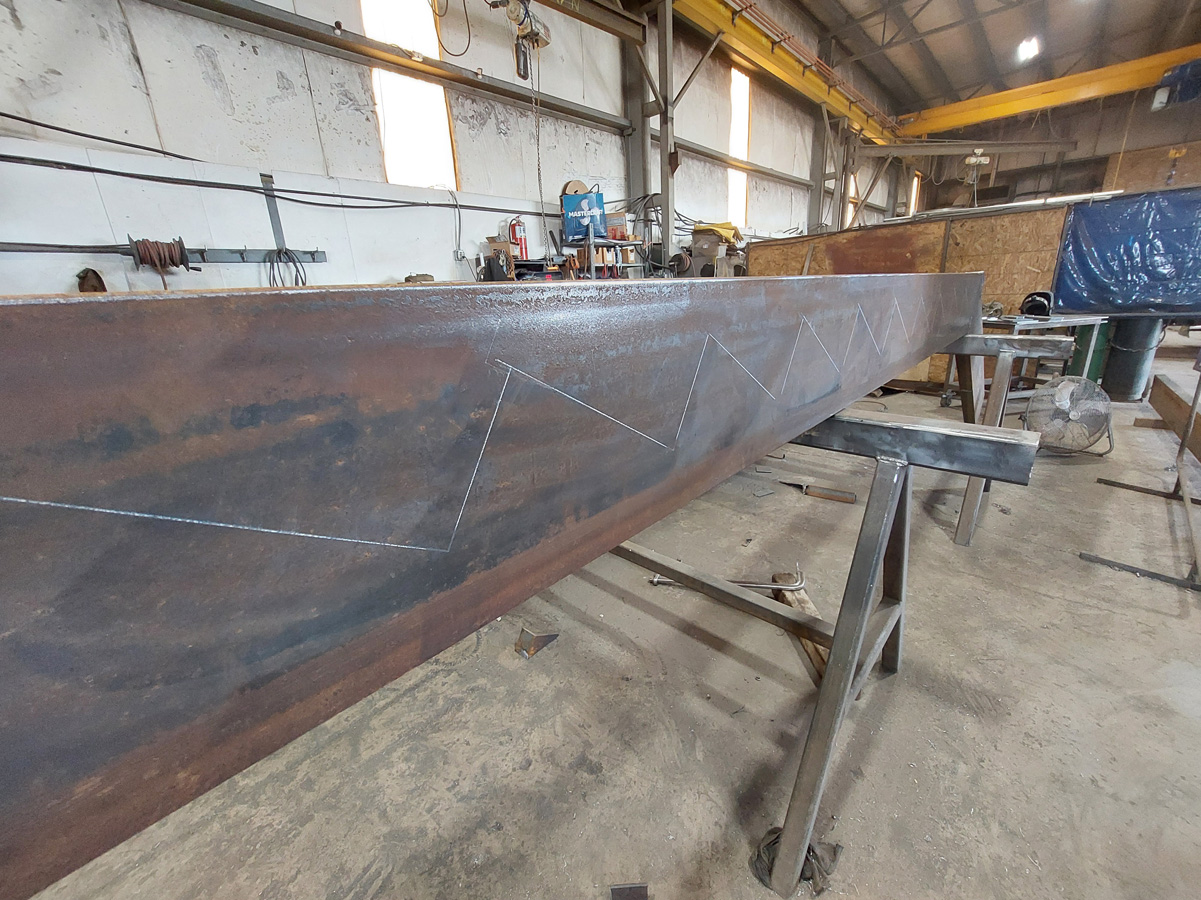Oil field skids, often unseen but indispensable, are modular frameworks designed to support heavy equipment and machinery used in oil exploration, drilling, and refining processes. From housing intricate piping systems to bearing the weight of massive compressors and pumps, these structures must withstand rigorous conditions, from extreme temperatures to high-pressure environments.
Structural steel, renowned for its strength, durability, and versatility, and is the material of choice for crafting these indispensable frameworks. Here’s why:
Oil field skids operate in harsh environments where the integrity of the structure is non-negotiable. Structural steel offers exceptional strength-to-weight ratio, ensuring that skids can support heavy loads without succumbing to stress or deformation.
Oil field operations vary greatly, demanding flexibility in equipment layout and configuration. Structural steel’s malleability allows for complex designs tailored to specific project requirements. Whether it’s accommodating unique equipment dimensions or adhering to space constraints, steel fabrication enables precise customization.
Exposure to moisture, chemicals, and salt in oil field environments makes corrosion a significant concern. Structural steel can be treated with protective coatings or alloys to enhance corrosion resistance, safeguarding the integrity of the skids over their operational lifespan.
Structural steel’s modularity and ease of assembly streamline the installation process, minimizing downtime and labor costs. Additionally, its relatively low weight facilitates transportation to remote or challenging sites, ensuring timely deployment.
Get in touch for more information on, structural steel fabrication & erection, CNC plasma cutting, miscellaneous metals and design, drafting, 3d scanning, engineering and layout. 403-273-7717
.
































